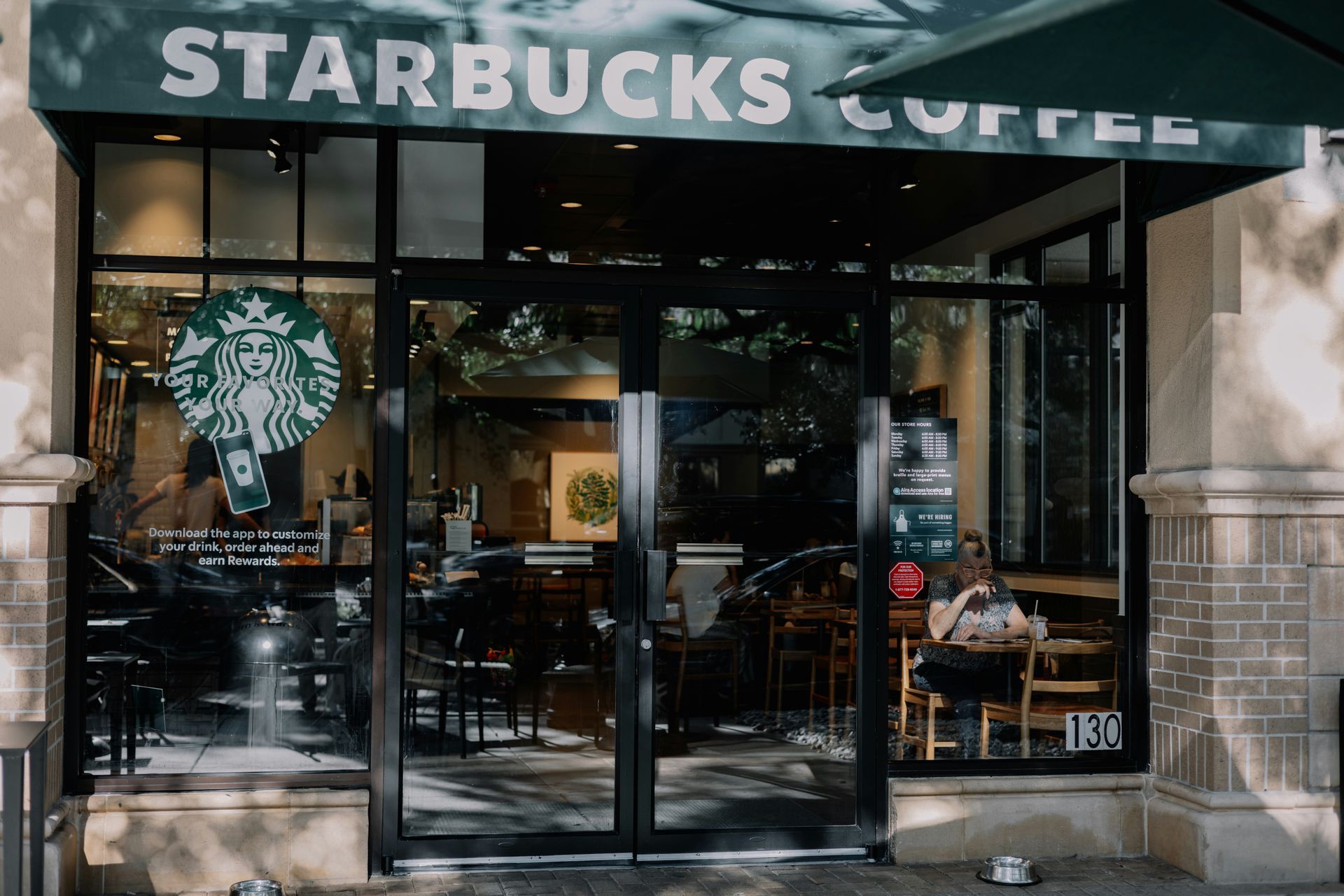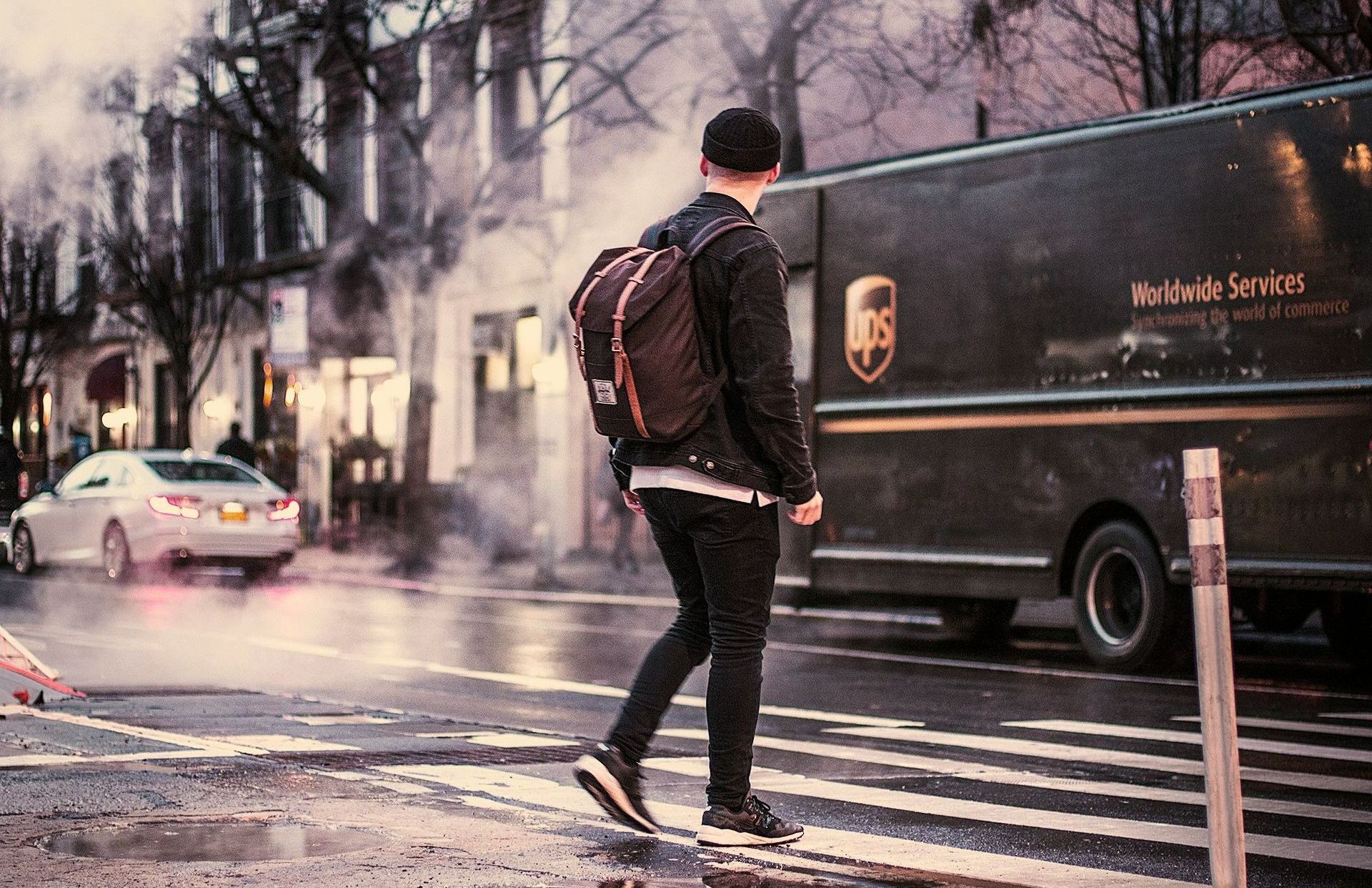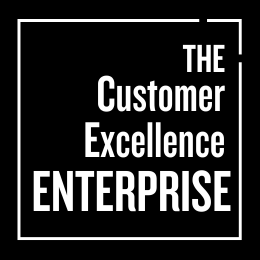The Customer Excellence Enterprise: A Playbook for Creating Customers for Life,
Part 2/6. The Starbucks Mobile App: Societal Savior or CX Death Star?
CASE-IN-POINT: The Starbucks Mobile App
BOLD MOVE: Commercial (COM) Bold Move #10: Create a New Brand Identity
☕️ Part 2/6 Societal Savior or Customer Experience Death Star
Synopsis. Is The Starbucks Mobile App TOO Good? The Starbucks Mobile App exemplifies how a highly successful digital innovation can inadvertently strain physical operations, impact employees, and erode brand equity. Its super-optimized, convenience-focused features drive increased order volumes from drive-thrus, mobile orders, and delivery, often overwhelming the in-store staff. The resultant bottlenecks and pressure on employees underscore the strategic challenge of balancing digital "front door" experiences with sustainable in-store operational performance to maintain both employee well-being and the integrity of the brand promise.
This post was written in the middle of doing “THE THING”…Yes, I have chosen to travel by air from the infamous Newark International Airport. As a customer experience marketer with a bit of The Ritz-Carlton Gold Standards in my past, my “antenna is up, and my radar is on…searching for customer experience faux pas in the travel value chain and journey optimization practices to evaluate and file away for future research, case studies and discussion topics for my Customer Experience Strategy course that I teach in the Master's of Science in Customer Experience Management degree program at The Broad College of Business at Michigan State University.
Amidst the chaos at Newark International Airport at 6:30 AM on a Saturday (where are all these people going anyway?!) lies an oasis. I can almost sense it before I see it — The Starbucks airport kiosk in Terminal C. With the blurry-eyed masses jockeying for position, this remote outpost of Pike Place seems so close, yet so far away. But I have a secret weapon…I have arguably one of the most powerful forces in the world of Experiential Commerce in my pocket — The Starbucks Mobile App.
On the one hand, designed to streamline ordering, boost convenience, and enhance customer loyalty, the app has been highly effective in driving traffic to Starbucks locations. Customers love the ability to customize their drinks, skip lines, and collect rewards seamlessly through this beacon of caffeinated, tech-enabled efficiency: tap-tap-swipe and boom—your half-caf, oat milk, triple-shot latte is waiting for you before you can even say “venti.” No more fumbling for the right payment option at the register, no more waiting in long lines with talkative strangers and amateur travelers, neither of whom can decide whether they want a Frappuccino or a Chai Latte (BTW, isn’t it bad form to NOT carry the standard-issue Tumi corporate backpack and matching roller bag when traveling!?)...Anyway…For us seasoned, caffeine-starved zombies, the Starbucks mobile app is nothing short of a revelation.
While the convenience inherent to the app has led to an explosive increase in order volumes, particularly during peak times, a fundamental question must be asked: Is the Starbucks mobile app TOO GOOD?
On the other hand, let’s get to the dark side of this story. A true game-changer at the business and operating model level, the Starbucks mobile app enables unprecedented convenience for customers with mobile orders, drive-thru pick-ups, and delivery options. However, the resulting surge in demand can overwhelm in-store operations, creating bottlenecks that challenge the ability of crews to deliver on the company's dual promises of scale, speed, and convenience in a "coffee factory" (new brand proposition) and the community and comfort-oriented coffeehouse (founding brand proposition).
This conflict plays out in real ways for customers of all modalities. For example, customers placing mobile orders may prioritize speed, while in-store guests value the relaxing "third place" atmosphere. Both groups can feel underserved when these expectations collide during peak times when mobile orders flood the system. While appealing to different customer cohorts, the dual promises of a coffeehouse and coffee factory experiences can create operational dissonance for customers if Starbucks' concept of operations and experience delivery systems are not optimized.
And let’s not forget the employees. What’s it like for them to go from witty conversationalists and milk foam artists to frazzled human extensions of a clever workflow management algorithm? Instead of chatting with customers, they’re often forced into dodging a relentless stream of mobile orders while trying to offer a modicum of engagement and keep up with the human beings that are actually in the store.
To make Starbucks’ business model work, employees must rally and play "hero ball" to manage this complex blend of modalities—balancing the speed and accuracy required for mobile orders, the efficiency expected in drive-thrus, the patience and delight of in-person interactions, and the comfortable surroundings sought by some in-store customers—all within the same physical space at the same moment in time. This dynamic can strain existing systems and structures, leaving employees scrambling to meet conflicting demands while maintaining brand standards. Moreover, employees caught in the middle often bear the brunt of this chaos, pressured to sacrifice either convenience and efficiency or comfort or personalized interactions against their individual and team well-being, leading to frustration, conflict, and potential errors that further degrade the customer experience. Most importantly for all stakeholders, when the Starbucks experience delivery system is routinely brought to a breaking point, it can lead to customer defections, brand erosion, and employee burnout that can create a cycle of value destruction that can be hard to stop.
This is what a "coffeehouse vibe" conflicting with a "coffee factory" feels like.
So, what is it? Is the Starbucks Mobile App a savior for caffeine-starved consumers OR a voracious employee morale and experience-shattering Death Star turning cozy coffeehouses into coffee factories?
Questions to Consider.
- Is the Starbucks Experience a case for “Good Friction”?
- How can Starbucks redesign store operations to better integrate mobile order fulfillment without compromising the in-store customer experience?
- What strategies can be implemented to manage peak-time order surges caused by mobile app usage while maintaining employee well-being?
- How should Starbucks balance the goals of digital innovation and operational efficiency to avoid brand dissonance between app-driven expectations and in-store realities?
- What role can additional staffing, training, or technology play in alleviating the pressure on employees caused by mobile order demand?
- How can Starbucks ensure that the rapid growth of its digital ecosystem aligns with its core values of quality service, customer satisfaction, and employee engagement?
Read the other parts of The Starbucks Customer Excellence Series:
Part 1: From A Customer: An Open Letter to Starbucks
Part 2: Societal Savior or Customer Experience Death Star
Part 3: Recapturing the Starbucks Mystique (COMING SOON)
Part 4: Redefine the Starbucks Culture Platform (COMING SOON)
Part 5: Reconstruct the Starbucks Brand Pyramid (COMING SOON)
Part 6: Redesign the Experience Delivery System COMING SOON)
To learn more about leadership, organizational, operational, and commercial bold moves, order
“The Customer Excellence Enterprise: A Playbook for Creating Customers for Life”

[PRACTICE NOTE] The Next Chapter of Commercial Excellence in Pharma: The Rise of Customer Excellence










